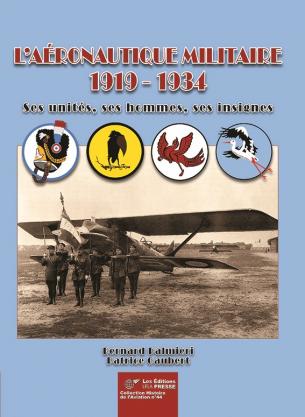At the end of the Great War, military aeronautics was reorganized into aviation regiments. It is the heir to the glorious past, forged in the fire, of the squadrons which fought for four years, above the trenches. Some of his regiments will in turn experience the test of air operations, in the Levant and in Morocco. The air force, which is gradually gaining its autonomy, also relies on a structure made up of schools, technical support services, but also a corps of balloonists and, briefly, counter-aircraft defense units. . The symbolism current in the squadrons is rich and varied, sometimes unprecedented, both on aircraft and on unit emblems. The Air Force took off in 1933 but was not created ex nihilo, however: it took up the torch of this military aeronautics of the interwar period, relying on the tried and tested base of its organization, its practices and traditions. This book was, from the start of its writing, designed as a follow-up to the book "Military Aeronautical Squadrons 1912-1920", one of the very last productions of the Air Force Historical Service, published in 2004. It is also intended to be a synthesis of the knowledge patiently accumulated by researchers and amateurs of aeronautical history. It benefits from unpublished aircraft profiles and original designs of insignia that were developed from photographs or period documents. Four indexes must allow easy access to a unit, from an airman, an insignia, a place or its traditions. Illustrated with 394 photos, 320 insignia designs, 55 profiles, 6 maps on 306 pages.








